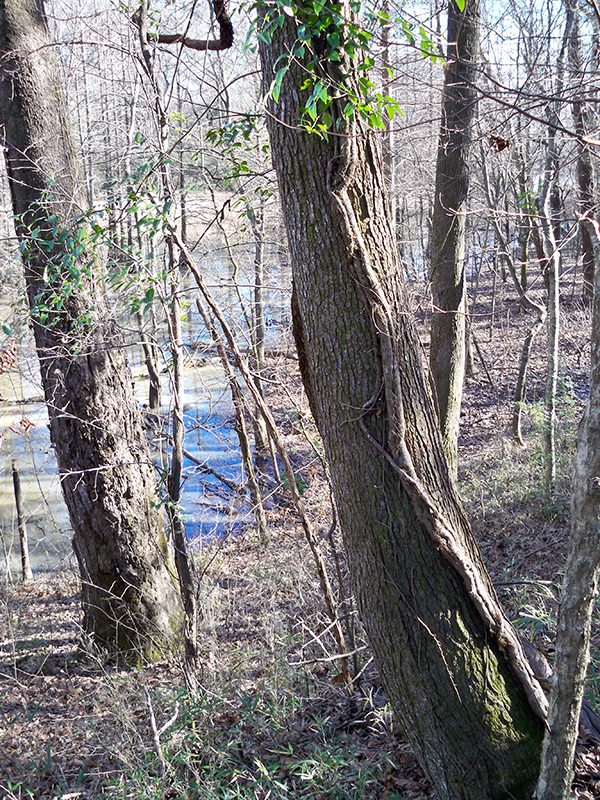 |
| Peter gathers water from a vine. |
Peter Kummerfeldt can demonstrate how to rub two sticks together to make a fire, and for years, has been using the old-fashioned flint-and-steel firemaking tools as part of his wilderness survival presentations.
But his point is not to teach you these primitive skills.
Peter will, however, show you how to plan and prepare so you can avoid getting lost in the first place, and survive a wilderness emergency if you do happen to get lost.
To read the complete story, Published in the Bend (OR) Bulletin click
here.
Peter will be at the Deschutes County Expo Center this weekend. Check the Bulletin website for subjects and times.















